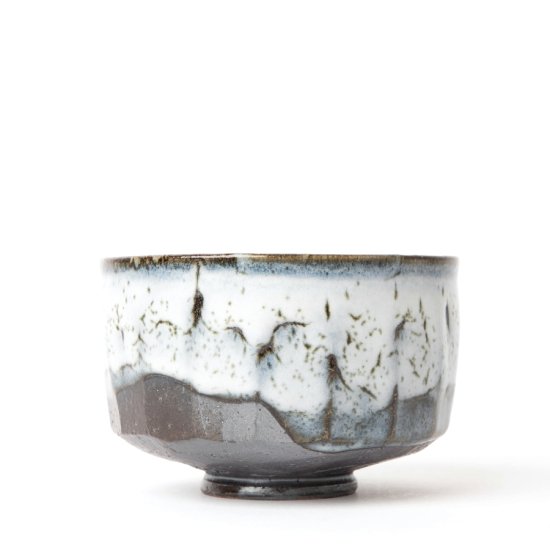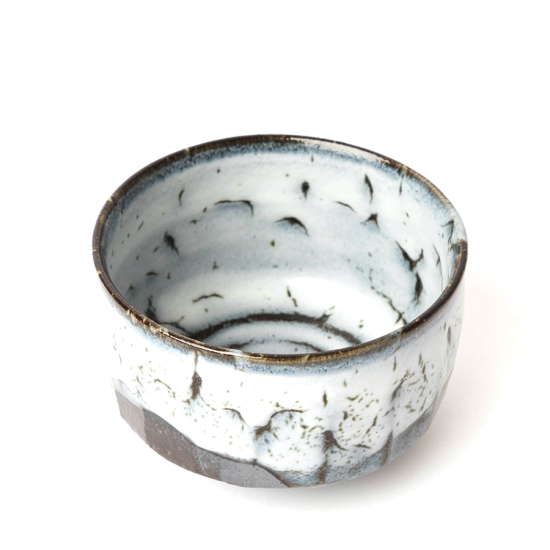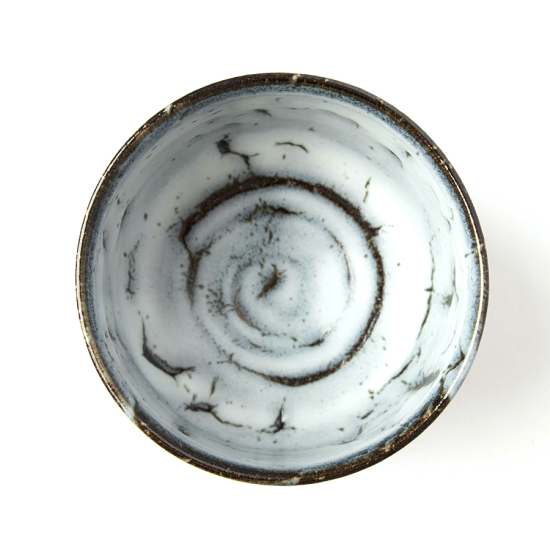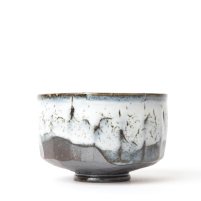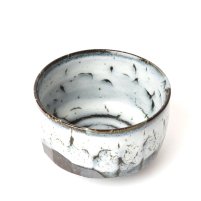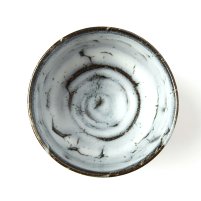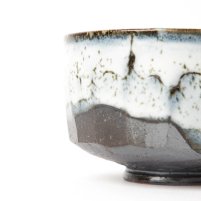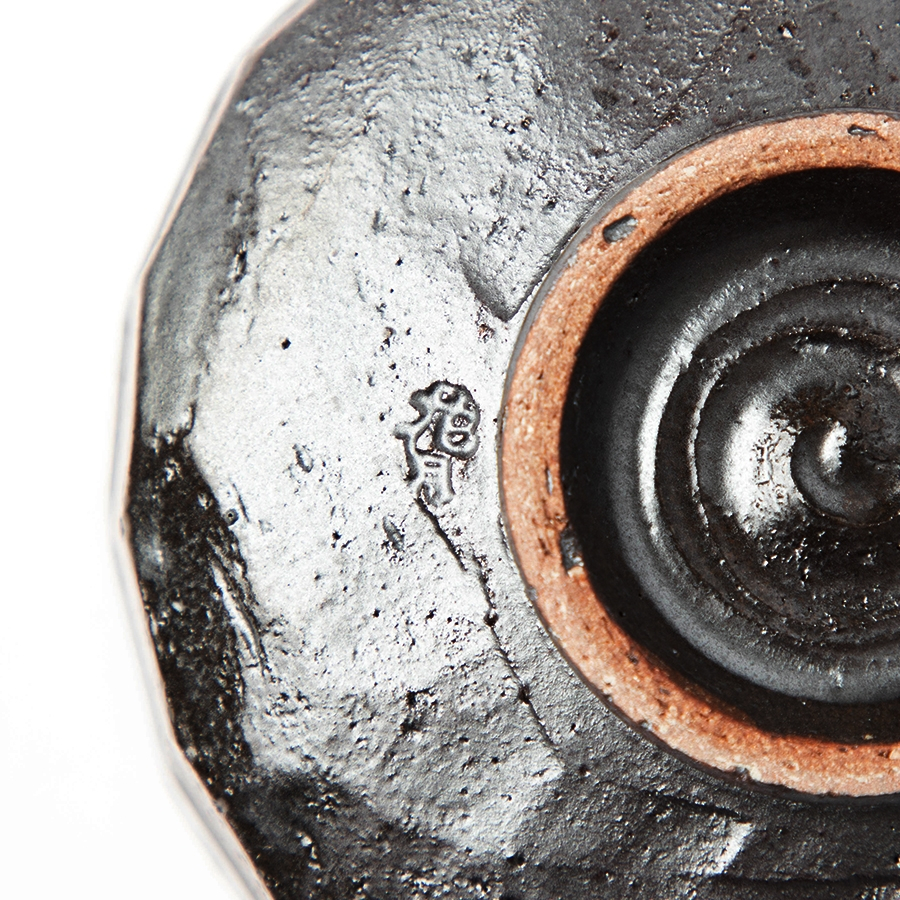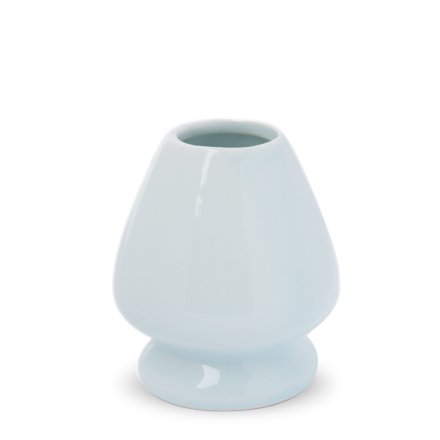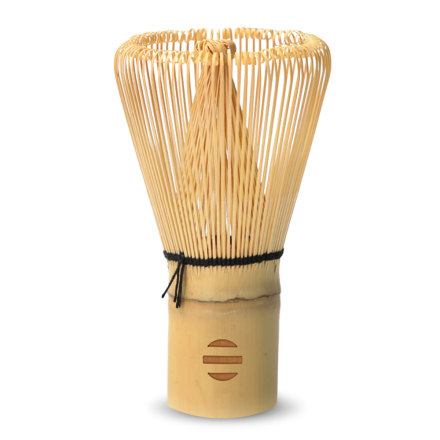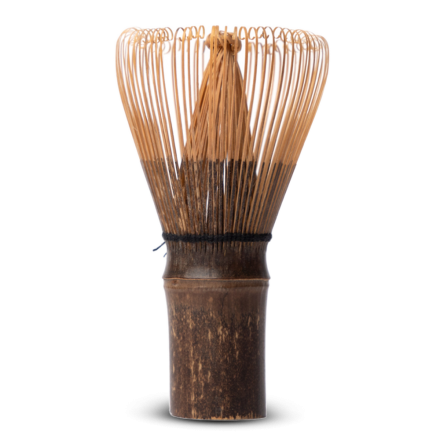KYO YAKI 京焼 / KIYOMIZU-YAKI 清水焼
Kyo- and Kiyomizu-yaki are terms often used together or interchangeably to refer to stoneware or porcelain pottery produced in the ancient imperial city of Kyoto, and are representative of a wide variety of different ceramic styles. From 794 to 1603, Kyoto was the imperial capital and attracted the most skilled artisans in the country. Even after the seat of government was moved to Edo, now Tokyo, Kyoto remained the cultural and intellectual center of Japan. As such, it attracted Japan's most skilled artisans, who were supported by the nobility as well as the purchasing power of the market. As a result, Kyô-yaki gained a special place in Japanese ceramics and for a long time even determined the style of the whole country. Typical Kyoto wares are decorated with colorful, hand-painted motifs using overglaze enamel pigments: a technique that emerged in the 17th century and is still a trademark of Kyo-yaki today.
RAKU-YAKI 楽焼
Raku-yaki is a usually hand free formed, short fired, lead glazed tea pottery for tea ceremony. It was initially made only in red (aka-raku) and black (kuro-raku) colors. Later, white and amber and, rarely, oribe-green raku bowls were added. Red and black are considered the best complementary colors for bright green matcha. Raku bowls are very soft and warm to the touch, absorb a lot of moisture, and gain patina and beauty over time. They are considered the finest bowls for the tea ceremony. The first raku bowl is believed to have been made around 1579 by the brickmaker Chōjirô under the tutelage of the great tea master Sen no Rikyû. Chōjirô was honored after his death by Prince Hideyoshi, in which he awarded his successor Jôkai, the seal raku. Since then, the Jôkai family has used the name raku and, along with a few smaller potteries, continues to produce this exceptional tea pottery in Kyoto to this day.
KAIRAGI GLAZE (梅花皮 / 鰄)
Kairagi is a melting glaze effect that occurs on ceramics because the glaze shrinks faster than the clay body during the firing process. The Japanese characters are written as either 梅花皮 "plum tree bark" or 鰄 "shark skin," which is an allusion to the fine cracked, texture of the glaze. The technique is often seen on Hagi and Karatsu wares, especially at the base of Ido style tea bowls. In chanoyu (茶の湯 "the way of tea"), kairagi embodies the idea as a scenic element or keshiki (景色 literally "backdrop") and receives much attention when the tea bowl is viewed during the tea ceremony.



